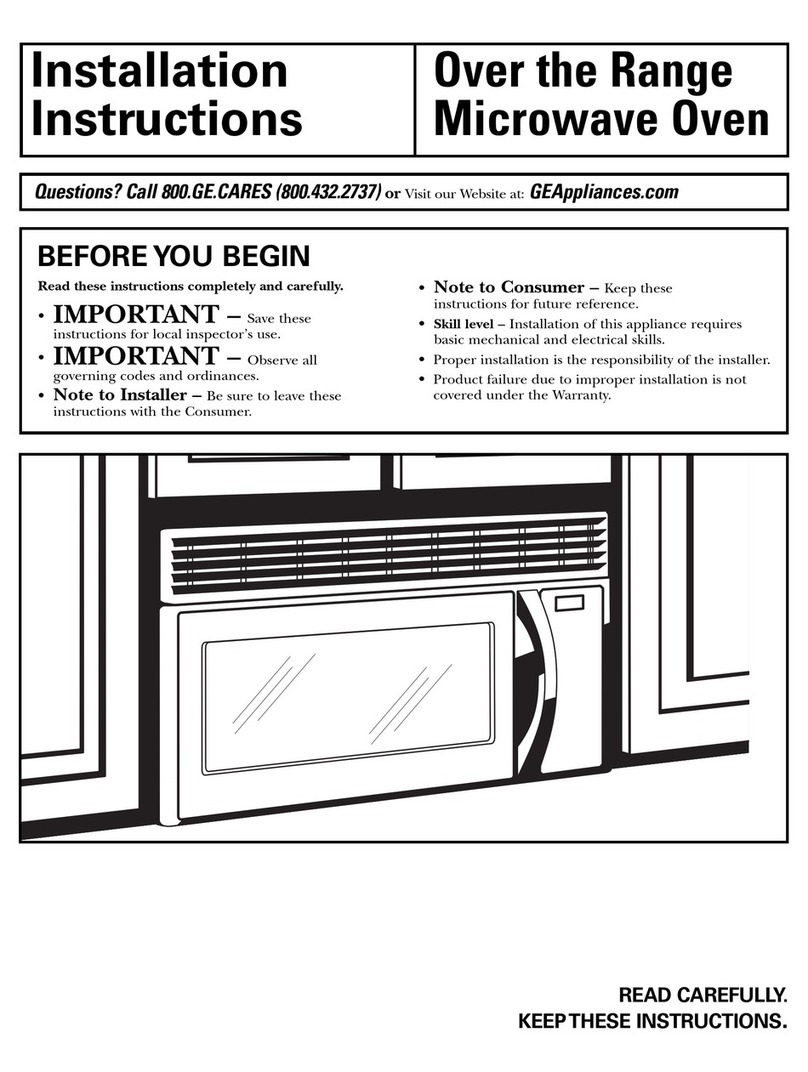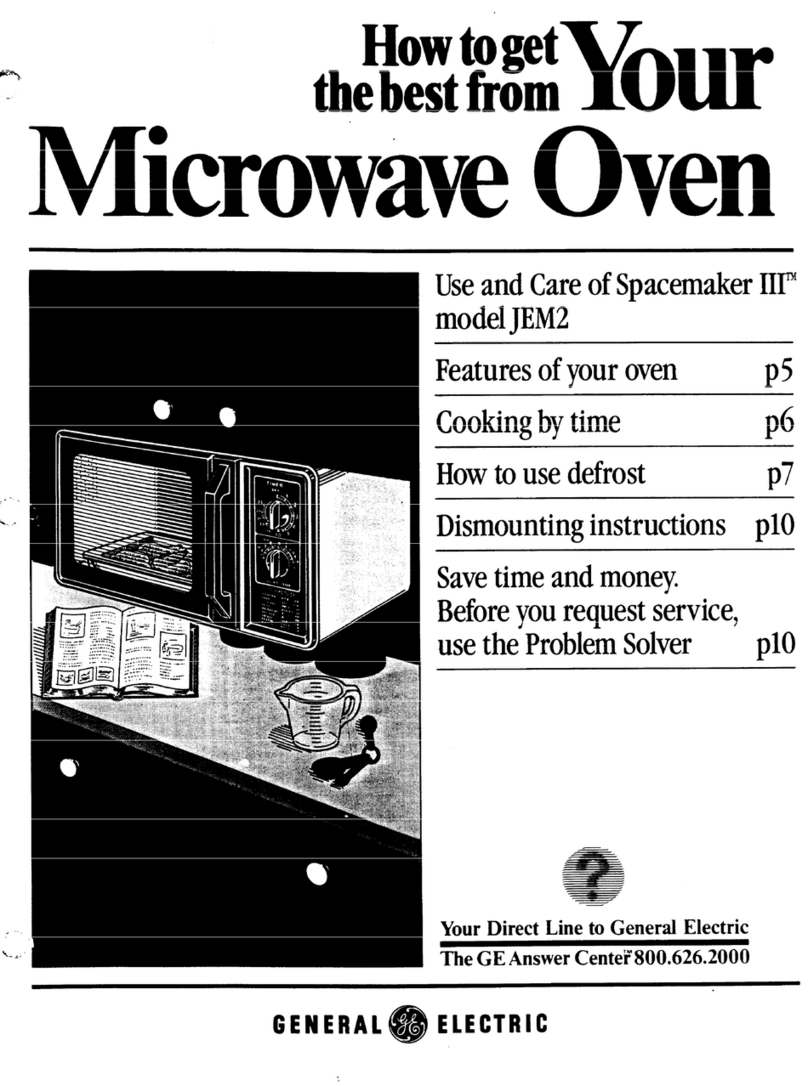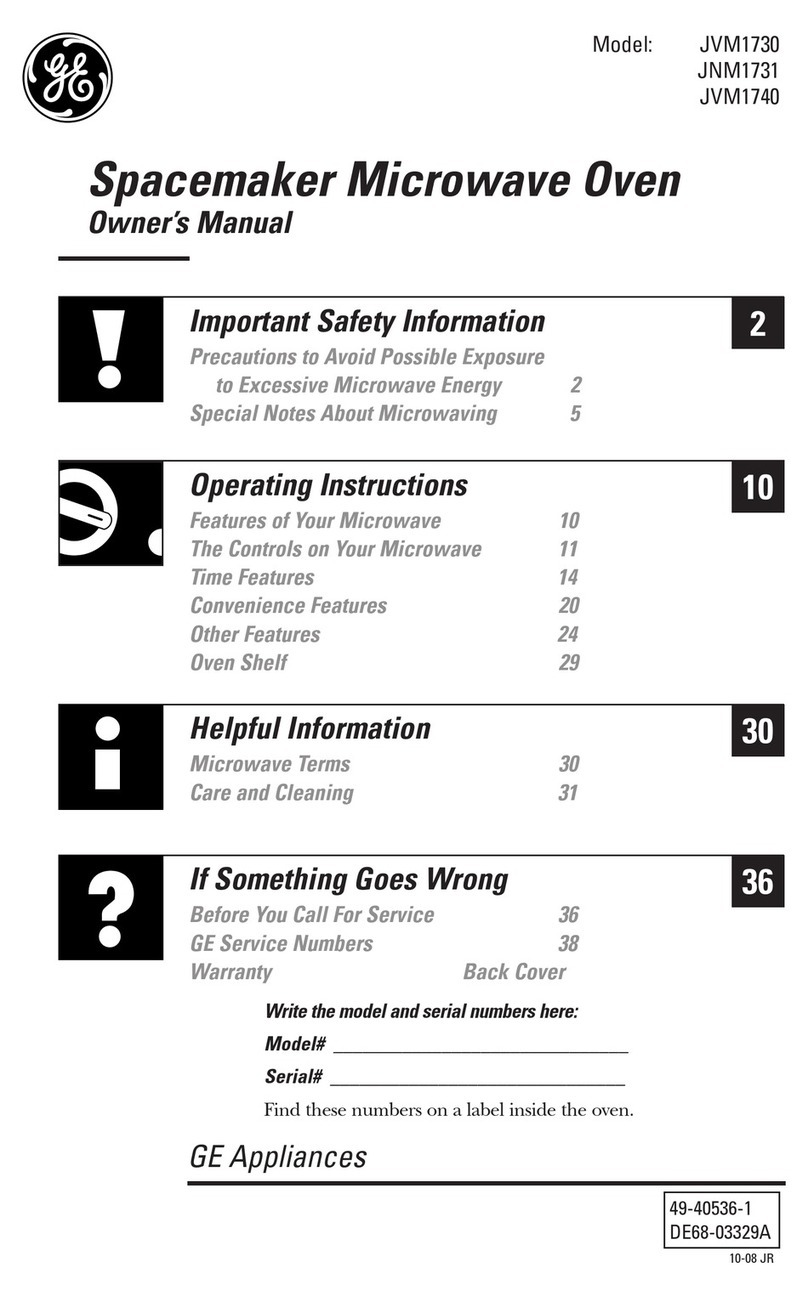GE JHP70GN User manual
Other GE Microwave Oven manuals
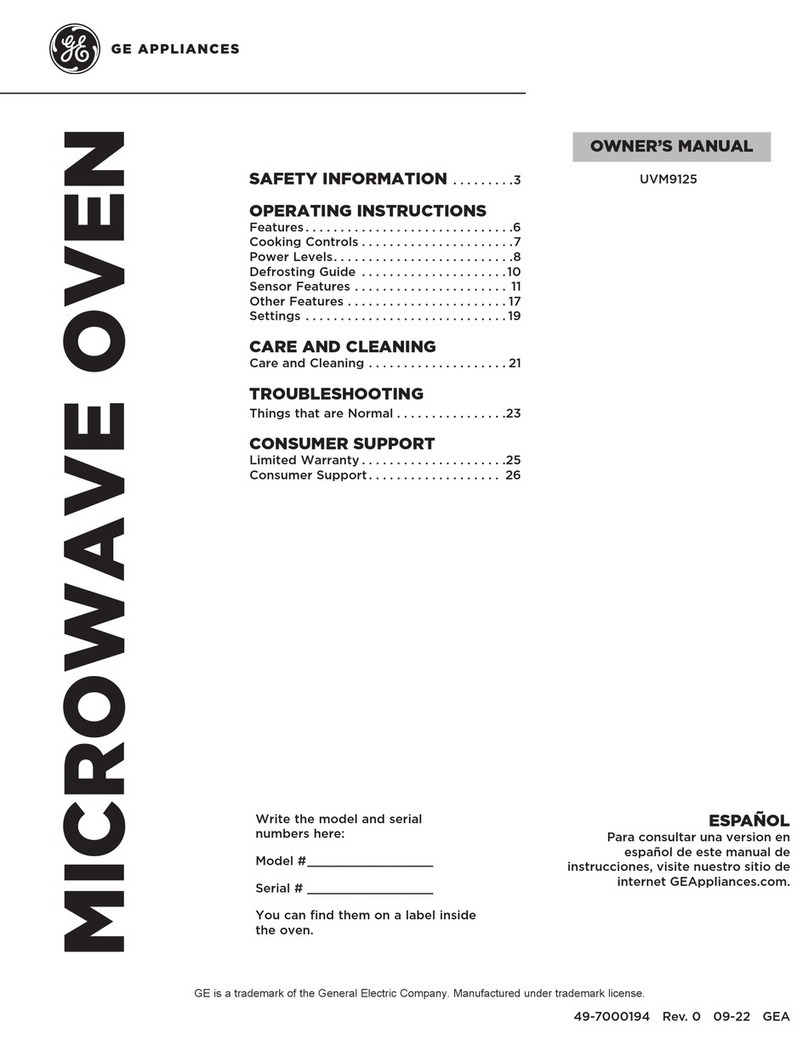
GE
GE UVM9125 User manual

GE
GE PEB9159 User manual
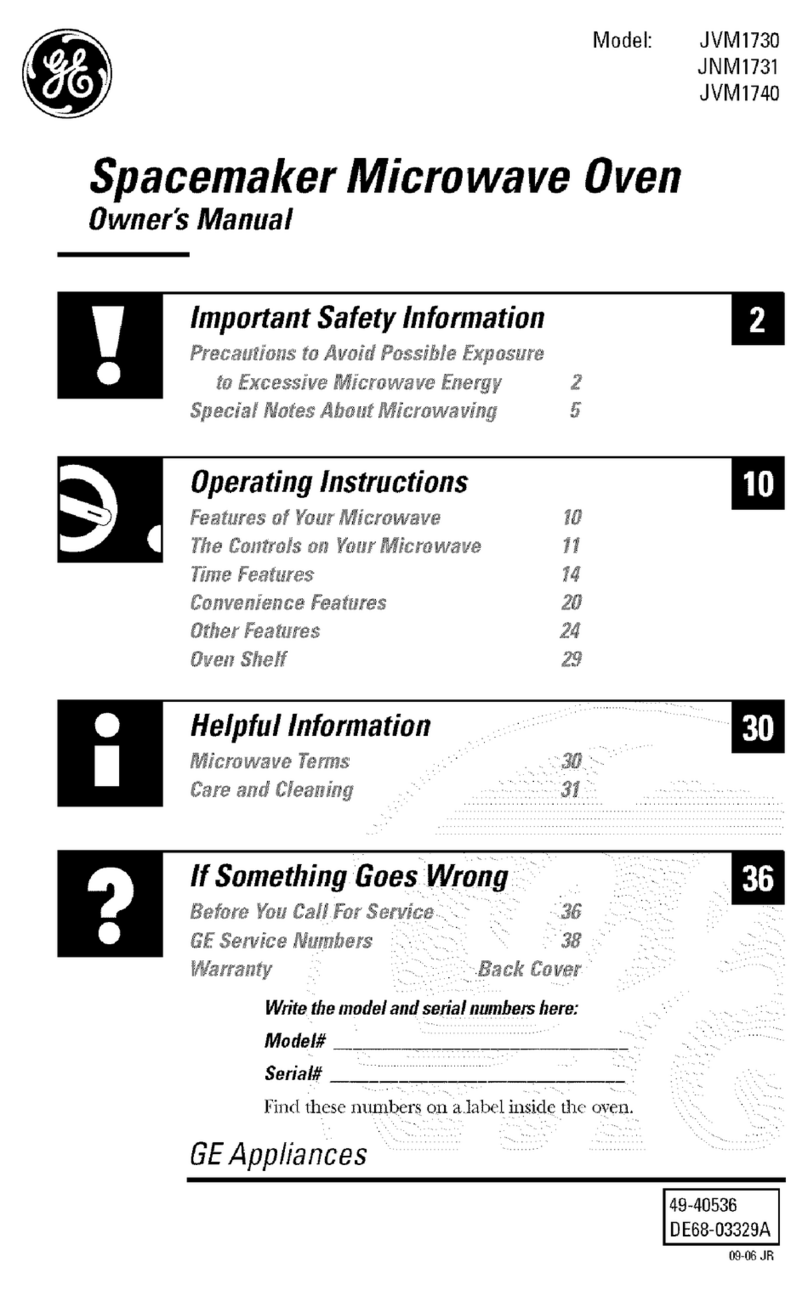
GE
GE Spacemaker JVM1730 User manual
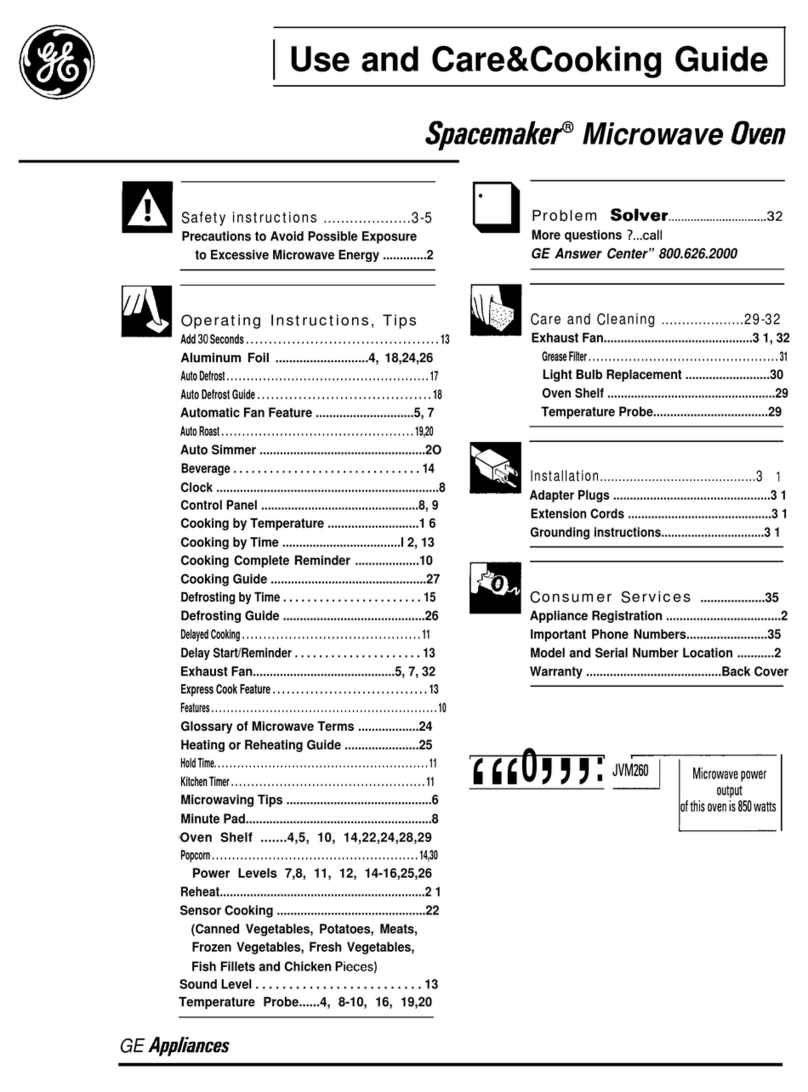
GE
GE Spacemaker 164D2966P143 User manual
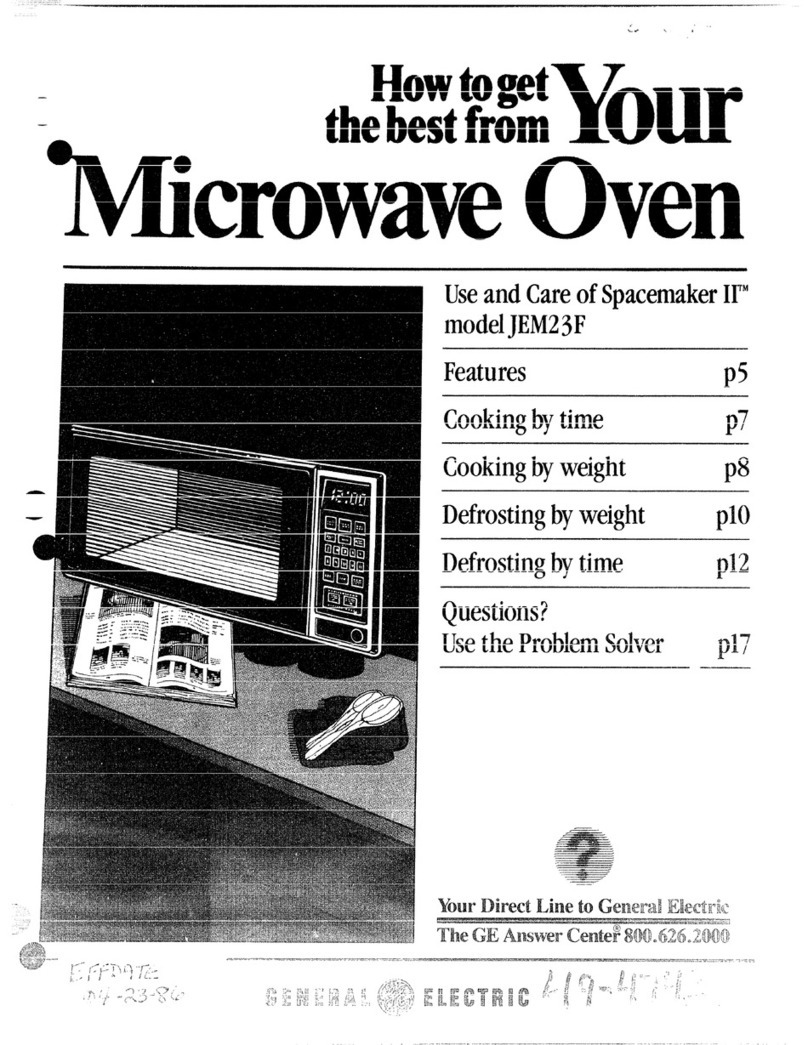
GE
GE Spacemaker II JEM23F Installation instructions
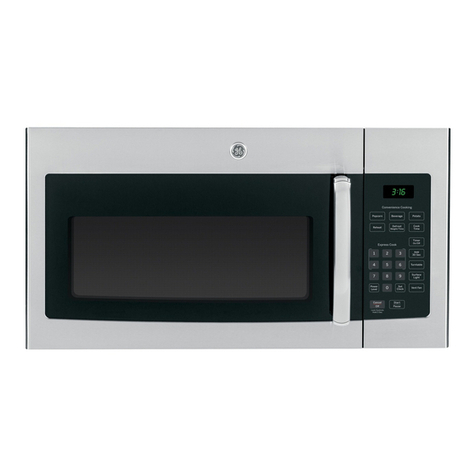
GE
GE JNM3161RFSS User manual
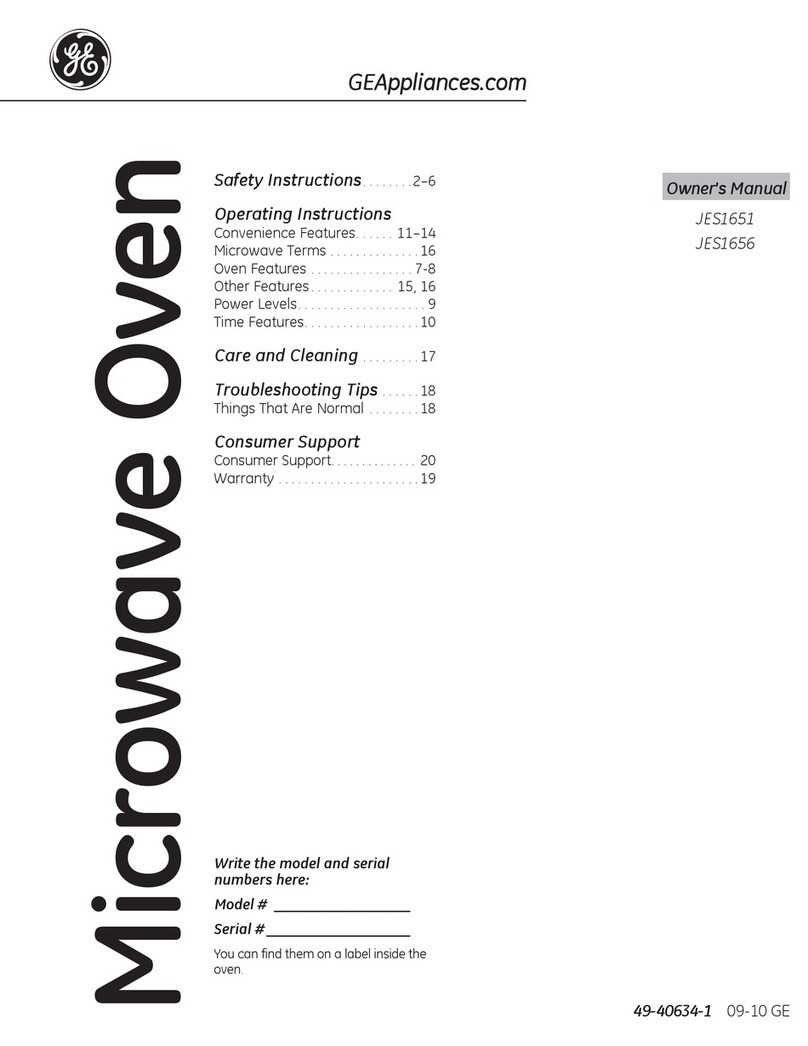
GE
GE JES1651 User manual

GE
GE Spacemaker JVM1440BH User manual
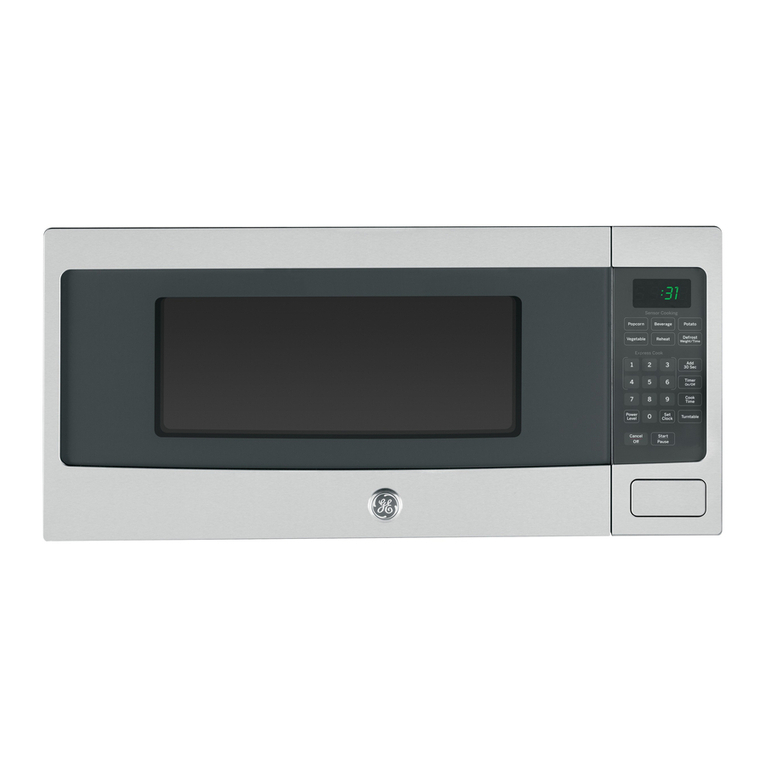
GE
GE PEM31SFSS Manual
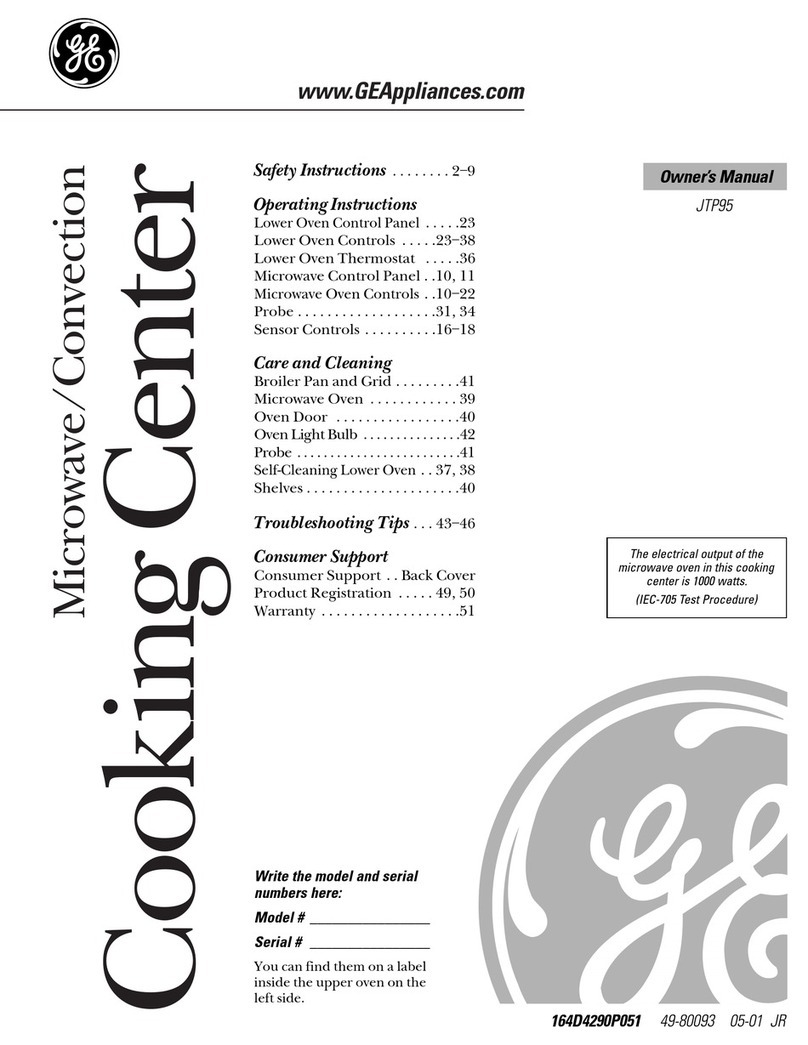
GE
GE JTP95 User manual

GE
GE Spacemaker 164 D2588P191 User manual
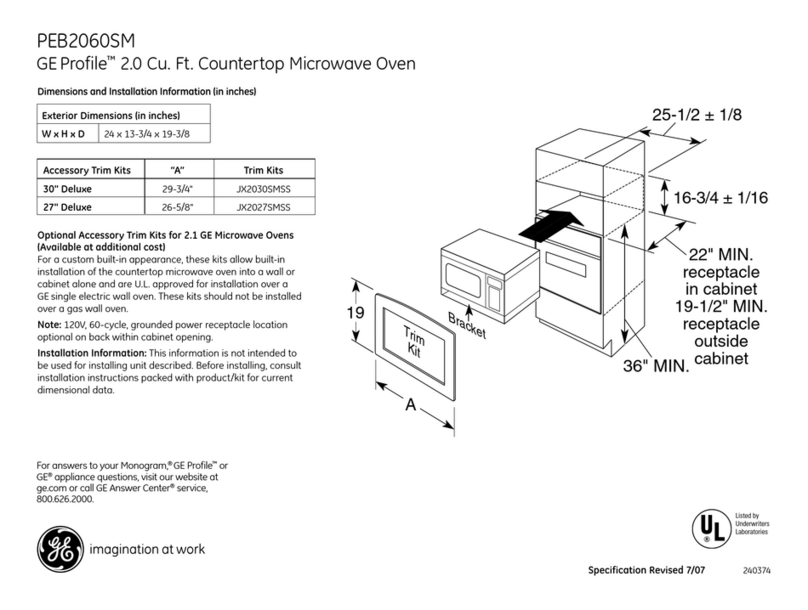
GE
GE PEB2060SMSS - Countertop Microwave Oven Manual
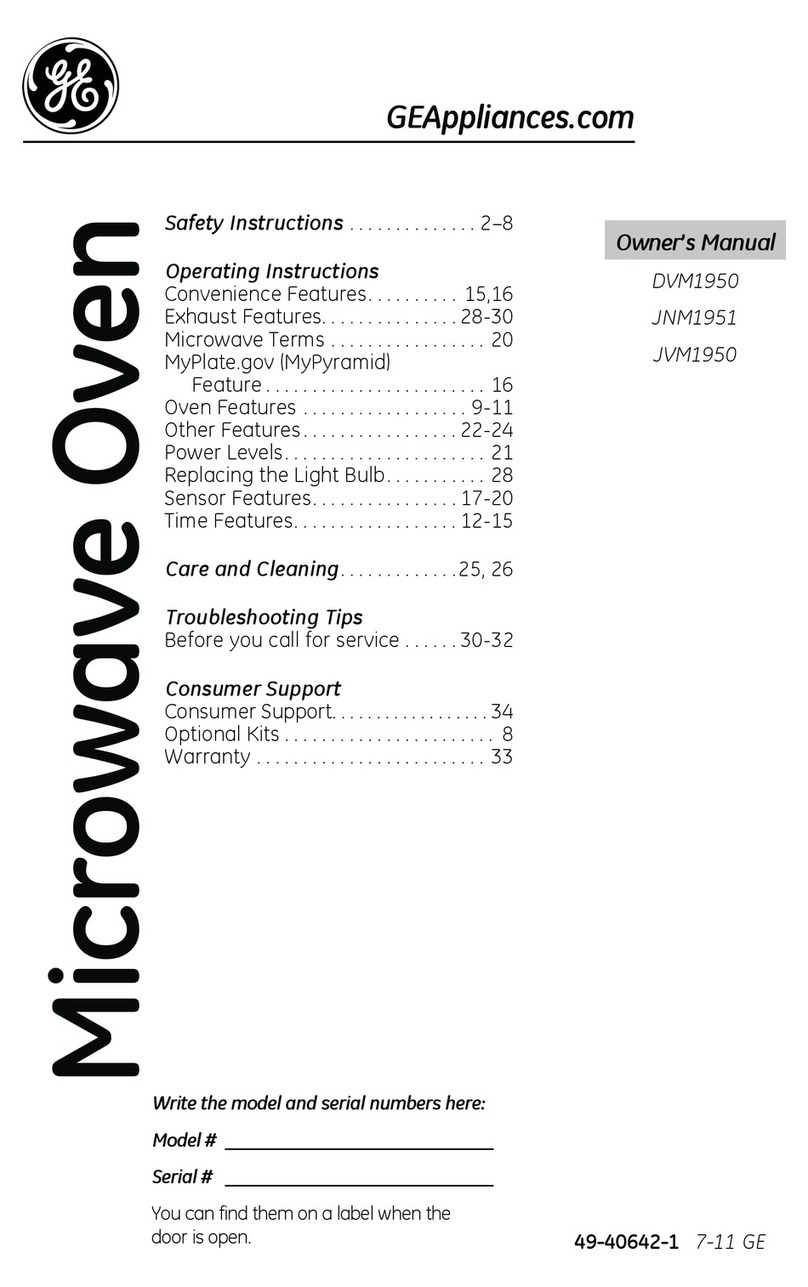
GE
GE DVM1950SRSS User manual
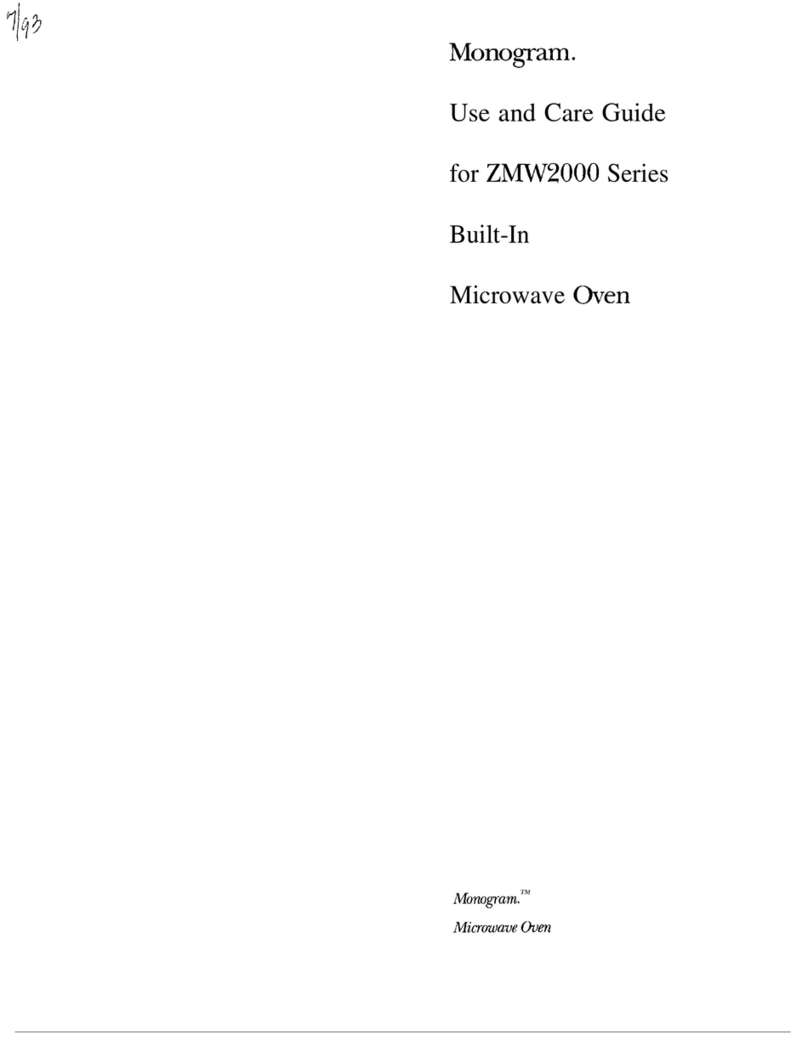
GE
GE Monogram ZW2000 Series User manual
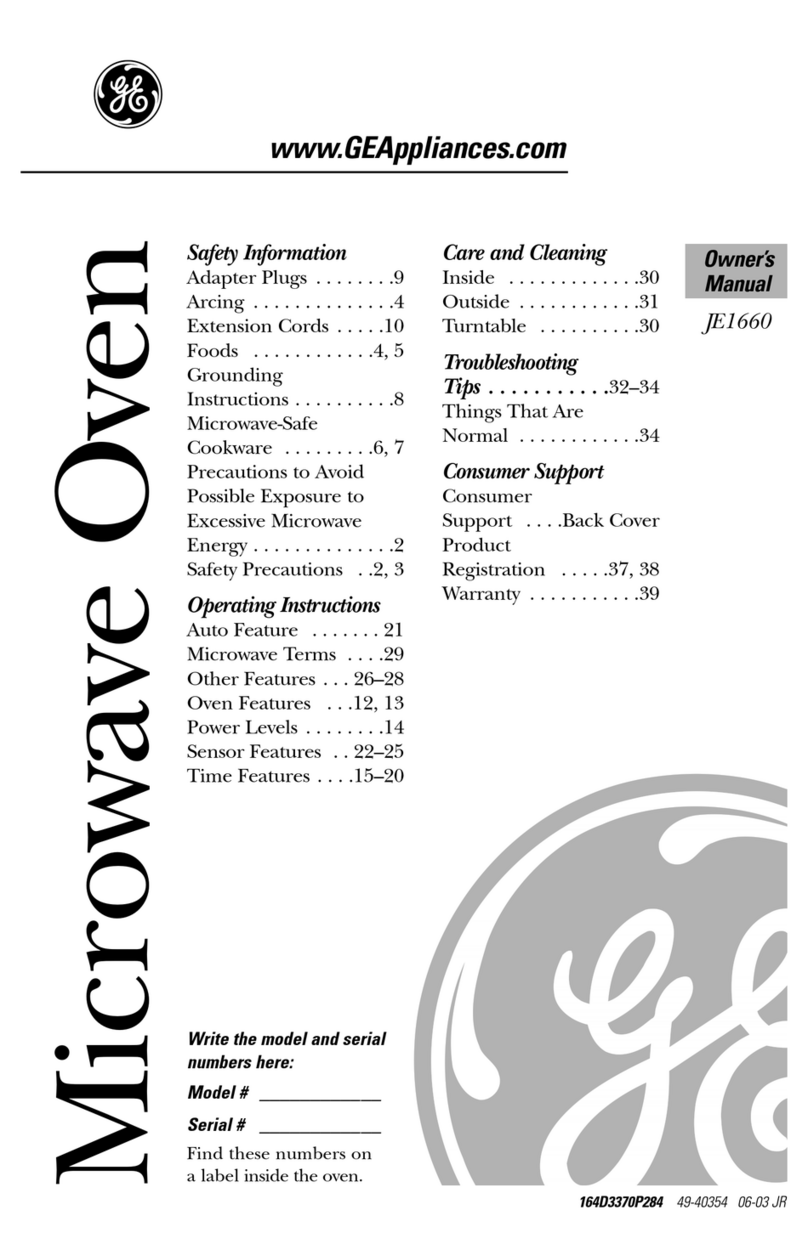
GE
GE JE1660WB User manual

GE
GE JE925T Use and care manual
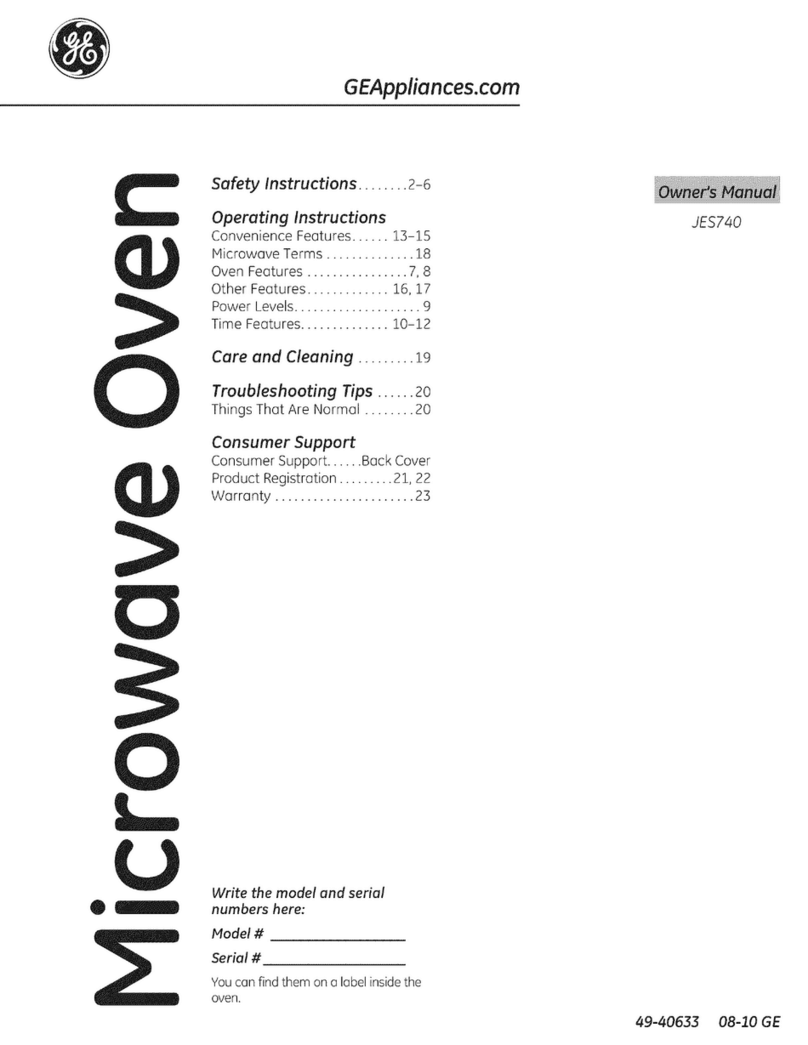
GE
GE JES740D User manual
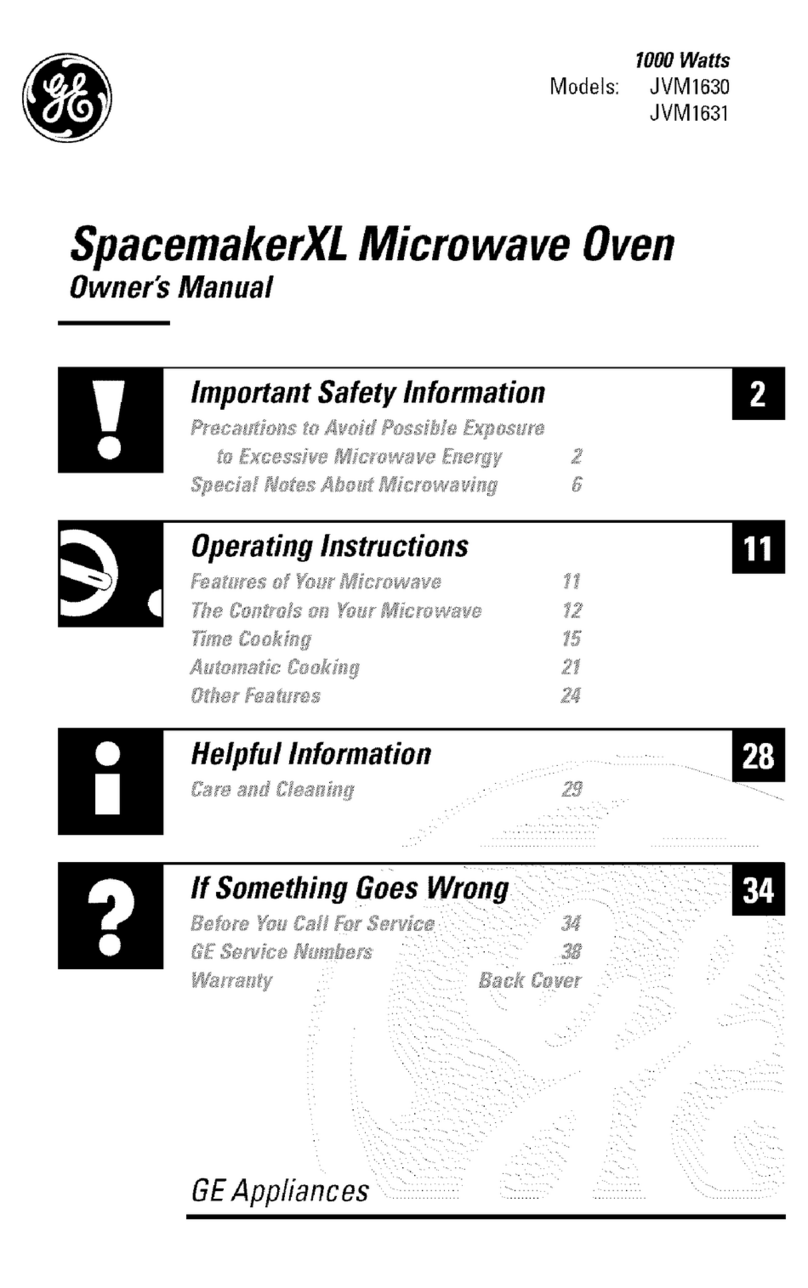
GE
GE SpacemakerXL JVM1631 User manual
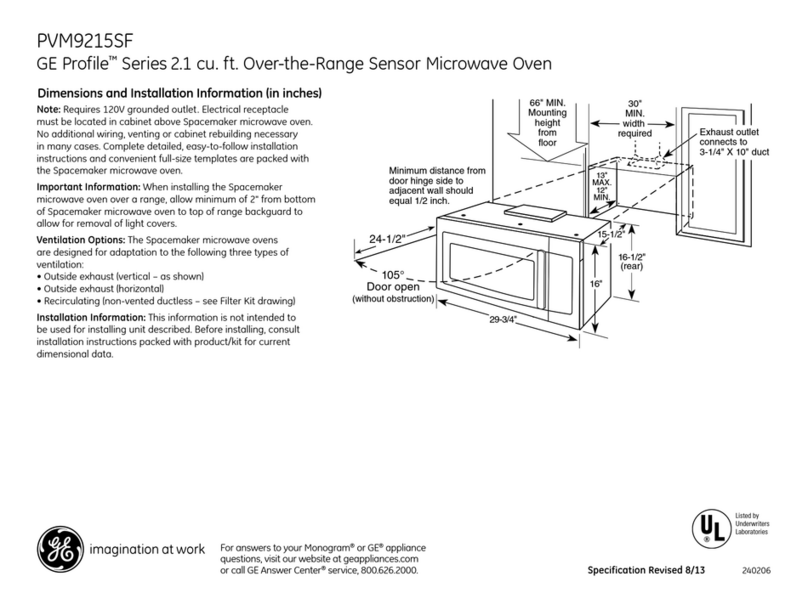
GE
GE PVM9215SFSS Manual
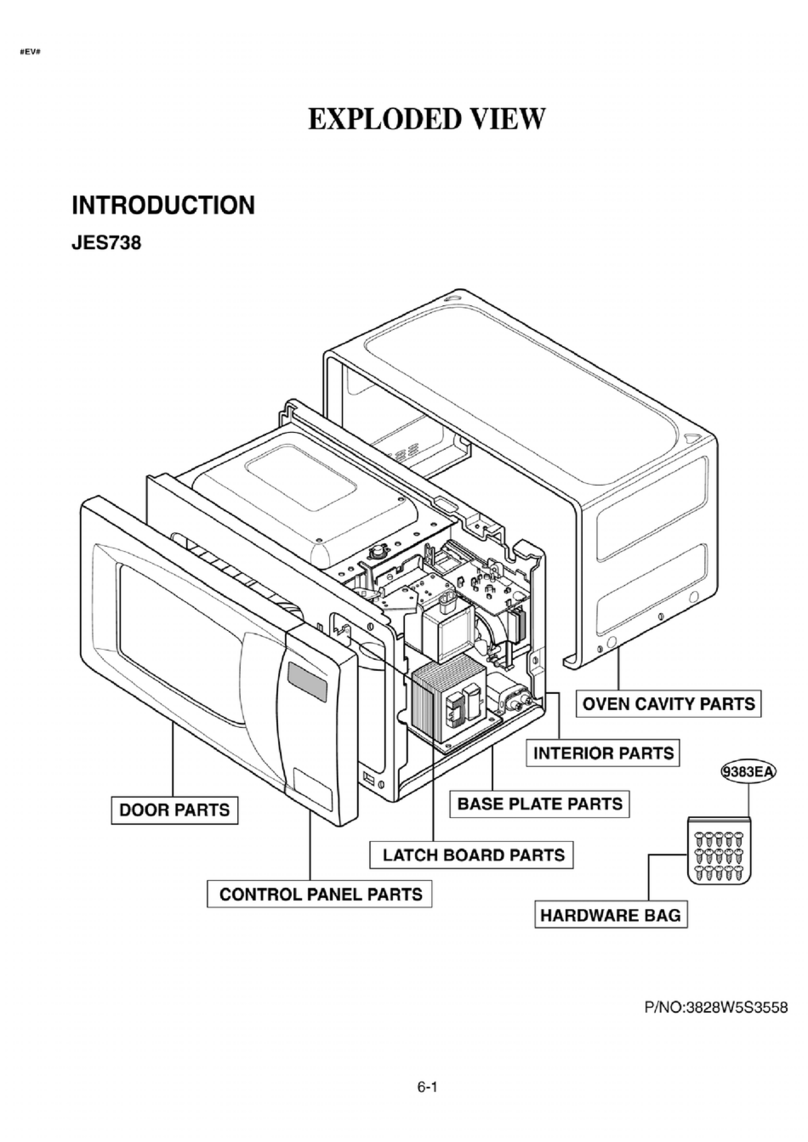
GE
GE JES738WH - Countertop Microwave Oven User manual
Popular Microwave Oven manuals by other brands

Conrad Electronic
Conrad Electronic 2372935 operating instructions

DAEWOO ELECTRONICS
DAEWOO ELECTRONICS KOR-6L8K5S83 Operating instructions & cook book

DAEWOO ELECTRONICS
DAEWOO ELECTRONICS KOR-1N5A9S Operating instructions & cook book

Daewoo
Daewoo KQG-6617G Operating instructions & cook book

Samsung
Samsung M1779 Owner's instructions

Miele
Miele H6200BM(TB) Operating and installation instructions

Jocel
Jocel JMO011480 instruction manual

Sharp
Sharp R-752M Operation manual with cookbook

Electrolux
Electrolux EVL8E00X user manual

STOVES
STOVES Q900GRF DO User, installation & servicing instructions

Daewoo
Daewoo KOR-6L0B3S Operating instructions & cook book

KitchenAid
KitchenAid KCMS1555 Use and care guide
